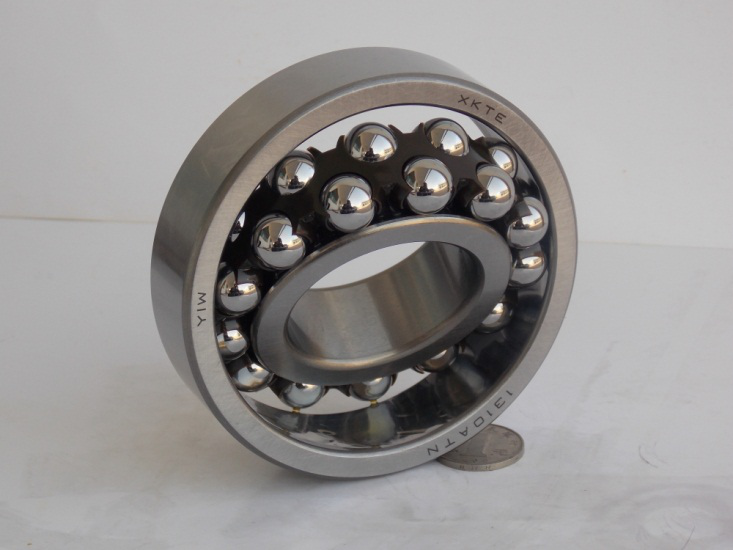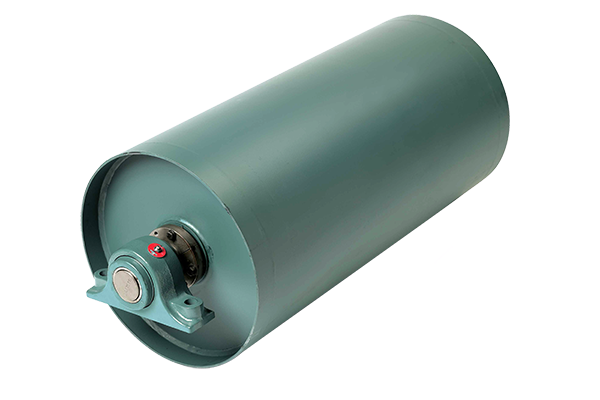In order to ensure the accuracy of the force measurement/weighing sensor, there are still some problems in the process of installation and use. Attention should be paid to the following details when installing and using the force/load sensor to ensure the accuracy and use of the force/sensor measurement. life: 1. The force measuring/weighing sensor should be handled lightly, especially for the small-capacity sensor using aluminum alloy as the elastic body, any shock or drop caused by vibration may cause great output error. 2. When designing the loading device and installation, ensure that the line of action of the loading force coincides with the force axis of the force measuring/loading sensor so that the influence of the tilting load and the eccentric load is minimized. 3, in the level of adjustment. If a single force/weigh sensor is used, the mounting plane of the base must be adjusted to the horizontal level using a level gauge; if multiple sensors are simultaneously measuring, the mounting surface of their base should be kept as far as possible on a horizontal plane. The purpose of doing so is to ensure that the strength of each sensor is basically the same. 4. Determine the load rating of the sensor used according to the measurement range selection of the force/load cell in its description. 5. The base mounting surface of the sensor should be as smooth and clean as possible, without any oil stains or films. The mounting base itself should have sufficient strength and rigidity, and usually requires higher strength and stiffness than the sensor itself. 6. The sensor housing, protective cover, and lead connectors are sealed and the user is not allowed to open it. 7, in order to prevent chemical corrosion. Vaseline should be used to coat the outer surface of the force measuring/weighing sensor. Avoid direct sunlight and site temperature change 8, when it is unavoidable, it should be equipped with protective or mitigation devices. 9, in order to prevent the large current directly through the sensor body and damage the sensor is prohibited after the sensor installation welding operation, as a last resort 10. The bypass device made of copper braided wire is applied to both ends of the force measuring/loading sensor loading device. 11. The cable should not be lengthened by itself. When it is really necessary to increase the length, it should be soldered at the joint and moisture-proof sealant should be added. 12. It is best to use some baffles to cover the sensor around the force measuring/weighing sensor. The purpose of this is to prevent debris from falling into the moving part of the sensor and affecting its measurement accuracy. 13, the sensor cable should be away from the strong power supply line or pulsed wave place, can not avoid the competition should be the force / load cell cable alone into the iron pipe, and try to shorten the connection distance. 14, according to the description of the force / load cell range selection to determine the rated load of the sensor used, force / load sensor itself has a certain degree of overload, but during installation and use should try to avoid this Happening. Sometimes short-term overload may also cause permanent damage to the sensor. 15. For high precision applications, the force/load cell and meter should be used after 30 minutes of warm-up. 16. The sensor should be placed in a dry, ventilated, non-corrosive room. The installation and use of force/weighing sensors should pay attention to these details. Why some users use the sensor is not easy to be long, and some users have never had problems, this is with the force / load cell in the The installation and use of the precautions are related. After reading the introduction of the China Sensor Trading Network, you may understand the point.
Nylon cage Self-aligning ball bearings are one type of Self-aligning Ball Bearing. Include two rows of balls, the ATN nylon cage, the inner ring, and the outer ring with a common concave sphered raceway. Self-aligning Ball Bearing have a sphere raceway in the outer ring and a double raceway in the inner ring. This feature give the bearings their self-aligning property, permitting angular misalignment of the shaft relative to the housing. Nylon cage self-aligning ball bearings are therefore particularly suitable for applications where misalignment can arise from errors in mounting or from shaft deflection. Double row self-aligning ball bearings are mainly used to carry radial loads and light axial loads, but cann't carry pure axial loads.
Feature:
Mainly bear radial load, and can bear smaller axial load. Axis (shell) axial displacement limit in the clearance limits, the heart performance is automatically adjusted, normal work allows the inner and outer relatively small tilt conditions, suitable for bearing hole can not strictly ensure the concentricity. Self-aligning ball bearings are consequently self-aligning and insensitive to shaft deflections and angular misalignment of the shaft relative to the housing, It is particularly suitable for applications where considerable shaft deflections or misalignment are to be expected.
Main Application
Owning to its specific structure, the self aligning ball bearing can be used in some relative field and some general lines.For example, Self-Aligning Ball Bearing applies to carry heavy load and impact load. Mine machine, port hoisting machine, port transfer equipment.
Main Models:
1308ATN – 1316 ATN Nylon Cage Self-aligning Ball Bearing
Professional mass production Bearing For Conveyor , With more than 10 years of Conveyor Bearing experience, we can assist you with selecting the appropriate bearings for your system. Welcome to visit our Factory. If you have any questions, please contact with us directly.
Nylon Cage Self-Aligning Ball Bearing Atn Self Aligning Ball Bearing,Nylon Cage Self-Aligning Ball Bearing,Self-Aligning High Speed Ball Bearing Shandong Xinkaite Bearing Co., Ltd. , https://www.idlerbearing.nl
